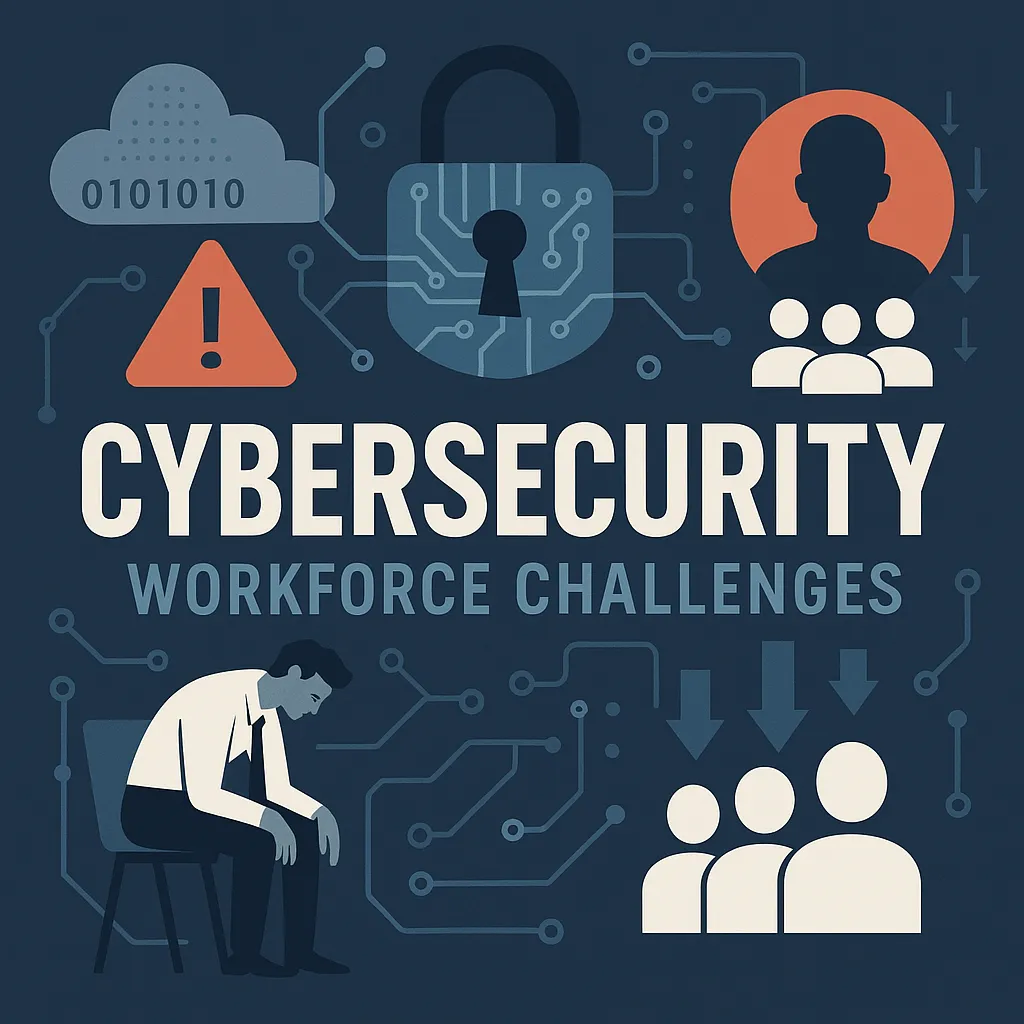The cybersecurity industry is facing a substantial talent shortage that has wide-reaching consequences for global security. This blog post discusses insights from several recent reports and analyzes the implications of this growing challenge.
Understanding the Workforce Shortfall
Recent data suggests a significant gap in the necessary cybersecurity workforce needed to manage and thwart current and emerging security threats. According to BCG's report, the global cybersecurity workforce is short of approximately 2.8 million professionals as of 2024. This shortage affects all geographical regions, with the Asia-Pacific (APAC) region alone facing a 2.1 million shortfall, as reported by ZDNet.
Impact on Cybersecurity Leadership
The lack of skilled professionals is not only a numbers problem but also impacts the quality of cybersecurity leadership within organizations. A piece from Apple News highlights how the talent shortage directly influences the capacity for strategic and informed leadership in cybersecurity, ultimately impacting organizational security posture.
The Escalating Risk
As reported by Packet Storm, the ongoing skills crisis is set to worsen, which could lead to increased vulnerabilities. Organizations report that the shortage is already impacting their ability to secure IT systems effectively and efficiently, leading to heightened risks of data breaches and cyber-attacks.
Analysis and Practical Context
The cybersecurity talent gap poses a glaring risk to all sectors that rely on digital infrastructure, which, in today's world, includes virtually every industry. The shortage translates into slower response times to security incidents and a decreased ability to implement advanced security measures. Companies struggle to keep pace with the rapidly evolving threat landscape, often relying on overburdened staff and outdated technologies.
Final Thoughts and Recommendations
To navigate the cybersecurity talent shortage, organizations need to invest in training and developing the current workforce, explore partnerships with educational institutions, and potentially leverage artificial intelligence to offset some of the workload. Additionally, a focus on nurturing and retaining talent through competitive salaries, career development opportunities, and healthy work environments will be crucial in closing the skills gap.
